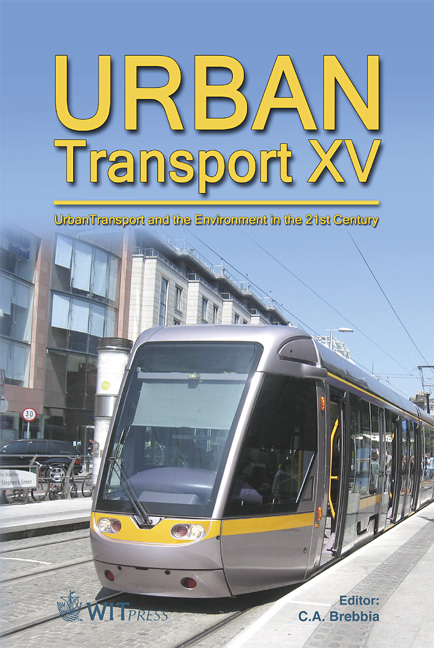Transit Bus Route Network Design: A Model And Its Application In A Real Network
Price
Free (open access)
Transaction
Volume
107
Pages
14
Page Range
369 - 382
Published
2009
Size
354 kb
Paper DOI
10.2495/UT090331
Copyright
WIT Press
Author(s)
B. Barabino
Abstract
This paper deals with Transit Bus Route Network Design (TBRND) and proposes a new heuristic model for its resolution. Planning a bus network is a coordinate and logical process that leads to the definition of routes, frequencies, timetable plans, vehicles and bus driver scheduling. Routes and frequencies are the most important phases of the planning. Therefore, a model defining a complex objective function has been structured to determine routes and frequencies. This model considers many interesting parameters related to the public transportation network. For its resolution, a complex two-phase heuristic algorithm has been used. In the first one, the route lines are characterized whilst in the second, the frequencies are determined, respecting geometric, operative and congruence constraints. Greedy resolution techniques were employed in the first part, while the second part of the algorithm has been resolved through a random optimization process. The method was implemented and resolved using JAVA language. This model has been experimented on a medium-sized city in Italy, and it has provided some interesting results that make the adopted procedure valid in comparison to the existing network. In particular, they proved effective with specific regard to the business service, standing out for shorter distances covered by the lines, and a 22% reduction of the total travel time against the present scenario. Keywords: bus, network design, heuristic, land use.
Keywords
bus, network design, heuristic, land use





